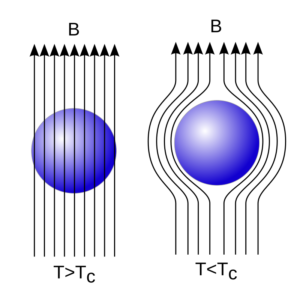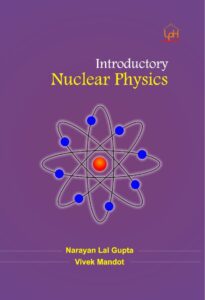Coulomb’s law
- According to Coulomb’s law the force between two charges
- is directly proportional to the product of two charges.
F ∝ q1 q2
- is inversely proportional to the square of the distance between the charges.
F ∝ 1 / r2

- By using above two equation we get,
F ∝ q1 q2 / r2
or F = k q1 q2 / r2
- Here k is a constant and its value depends on the medium in which charge is placed and the system of unit used.
- For vacuum k = 1/4πε0 = 9 × 109 Nm2 / C2.
- ε0 is permittivity of free space and its value is 8.854 × 10-12 C2 / Nm2.
- In vacuum Fvac = q1 q2 / 4πε0 r2
- In medium Fmed = q1 q2 / 4πε r2
∴ Fvac / Fmed = ε / ε0 = εr = K
- Here εr is relative permittivity or dielectric constant.
Important points
- Coulomb’s law is valid only for static and point charge.
- Coulomb’s law satisfies the Newton’s third law of motion.
- Coulomb’s law in electrostatic has the same position, which the laws of motion has in gravitation.
To know about this topic in more detail please click here.


